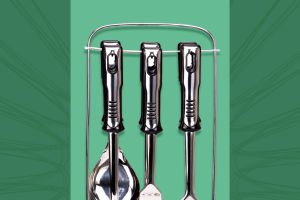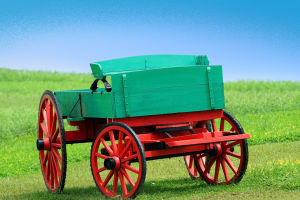Bookcases come in various styles and materials, making it versatile pieces of furniture for any space. It not only functions as storage for books but also as a decoration piece that conveys information about the owner's taste and style.
There are different classifications of bookcases based on materials, styles, and designs. In this article, we will discuss the different types of bookcases and essential factors to consider when buying one.
Based on materials, bookcases are classified into two types, wooden bookcases, and glass bookcases. Wooden bookcases are made entirely of wood, which gives them a sophisticated and noble appearance suitable for a study room.
On the other hand, glass bookcases are made of glass and are stylish and more accessible to the general public.
Based on the style, bookcases are classified into two types, open bookcases and bookcases with cabinet doors. Open bookcases have no cabinet doors, making it easier to access books. It also provides more flexibility in styling and design, and it's relatively cheaper than bookcases with cabinet doors.
The latter has a better dustproof effect, which makes it ideal for book preservation. It is generally made of exquisite materials, noble and elegant modeling, and slightly higher prices.
When buying a bookcase, you need to take into account the bookcase space style design. Consider the proportion of open space and hidden space distribution problems so that the bookcase doesn't look disorganized.
Ensure that the bookcase's depth is about 30 to 35 centimeters, and it has some space to put small decorative items. For hidden spaces, prioritize practicality over aesthetic issues. Ensure that it can adjust the partition's height at will to accommodate the size of various book specifications.
The bookcase's level should be reasonably designed, and the height should be controlled within 240 centimeters. The top layer should hold books that are not often seen or used for book collection and are designed to hide space.
The middle layer can hold commonly used books designed to open space, convenient to take and put. The bottom layer can be used for books that are not often seen or occasionally used and is designed to hide space to avoid dust or collision due to being close to the ground.
Bookcase compartment height design is crucial as books have different sizes. The design of bookcases should ensure that at least one layer's height exceeds 32 centimeters, or magazines and larger books will have nowhere to put.
The bookcase's neat visual design also matters as it contributes to the study's overall neatness. It's best to place books in rows by height or choose books or magazines with the same storage rack to improve visual aesthetics and beautify the study space.
Bookcases are essential pieces of furniture in any space, and they come in various styles and materials. When buying a bookcase, consider the space style design, level of reasonable design, compartment height design, and visual design.
A well-designed bookcase adds beauty and organization to a study room and promotes a love for reading.


